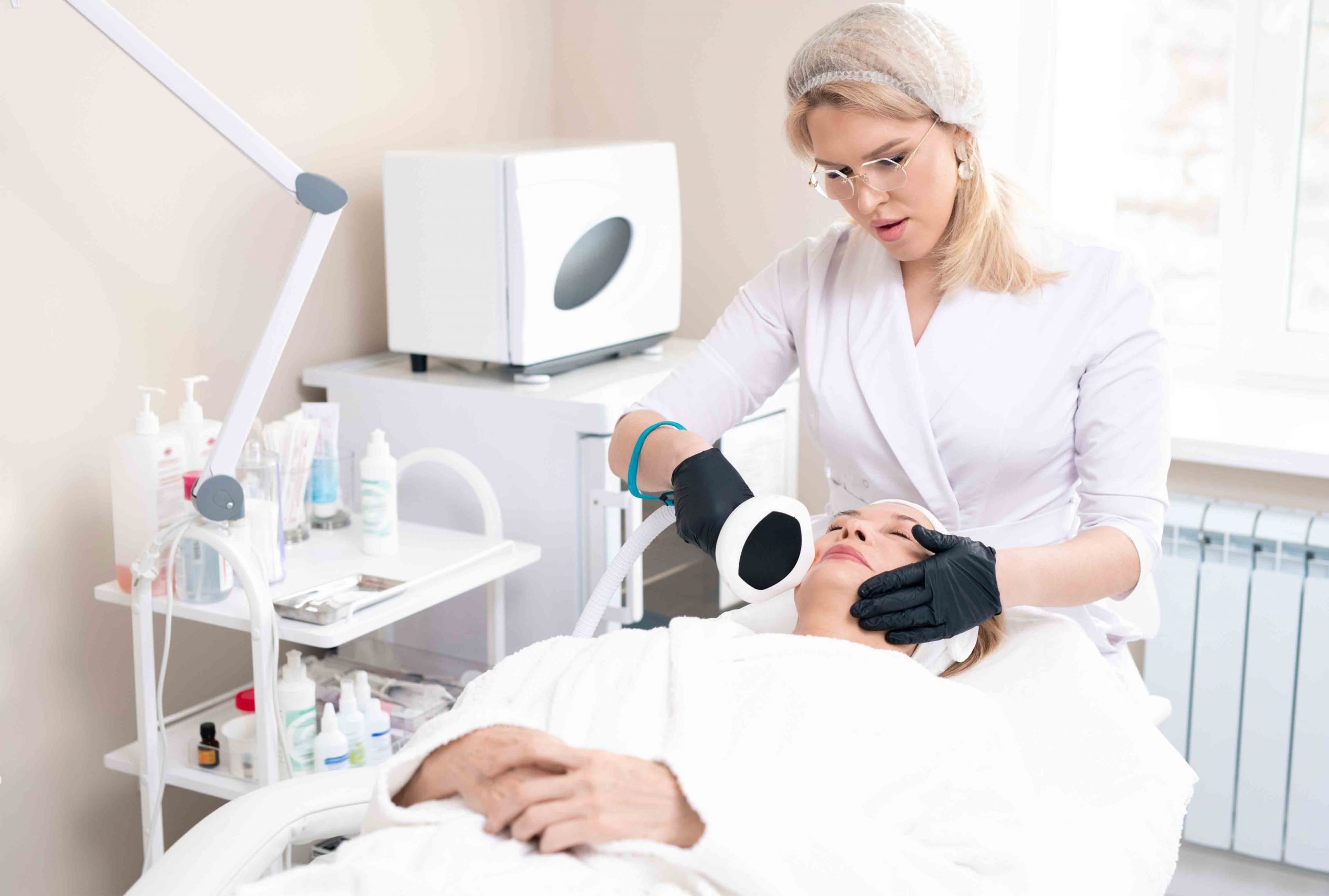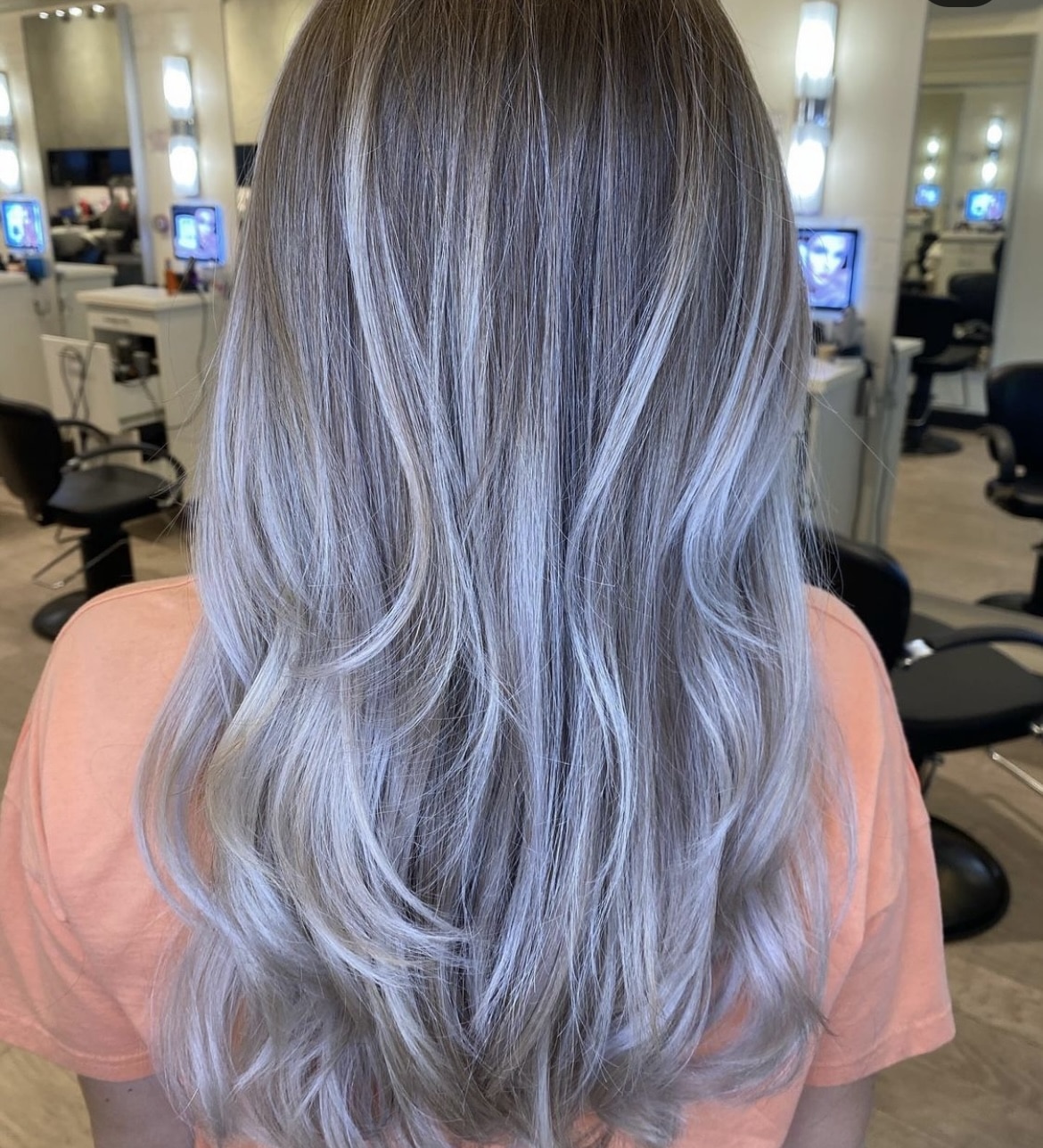Table Of Content

Laser treatment can significantly reduce hair growth, nevertheless. People with lighter skin may be more likely to experience darker pigmentation changes. People with darker skin tones may be more prone to lighter pigmentation changes. These changes tend to fade away over time, and the skin returns to normal. Some people may notice minor color changes to the treated area of skin.
Understanding hair loss treatments has never been so easy.

The content on Healthgrades does not provide medical advice. Always consult a medical provider for diagnosis and treatment. A practitioner may apply a cooling device to a person’s skin just before the laser is used. There is a risk of burns and blisters if laser hair removal is not done correctly. Both the person receiving the treatment and the practitioner should wear protective eye equipment to help prevent injury while the procedure is carried out. Some people may experience skin crusting in the affected area.
What is laser hair removal?
The risks of nose hair removal: Why you should leave them there - The Jerusalem Post
The risks of nose hair removal: Why you should leave them there.
Posted: Wed, 19 Jul 2023 07:00:00 GMT [source]
Common areas of increased hair growth include the breasts and stomach. However, in most cases, these hairs fall out on their own, so you may not need any medical treatments if you wait until after your pregnancy has ended. When some of the hair regrows, it will likely be less noticeable. To keep the area free of hair, a patient may need maintenance laser treatments. However, some people may experience minor side effects after laser hair removal.
What you can expect
(1,16) Since then, a great deal more have been approved and marketed to the public, including the NutraStim Laser Comb, LaserBrush from Sunetics, and the Yeamon Laser Comb. Although they're not the cheapest hair growth solution, laser treatments are a great alternative—or addition—to more well-known solutions like Minoxidil, Rogaine, or PRP. Even if you’re not experiencing serious hair loss and still want to boost your thickness, these devices might still be of interest. “They can be helpful to those who are not even experiencing hair loss, as it helps strengthen the hair and promote healthy growth,” Akhavan explains. Hair growth starts at the scalp, which is really the TL;DR of why these types of treatments work. That increase of blood flow also means more oxygen and nutrients make their way to the follicles, creating the best possible conditions for hair to grow.
Do laser combs work for hair growth?
The hair may grow back lighter and thinner with each subsequent session. After enough treatments, it may stop growing back altogether. Laser hair removal is popular with people wanting a solution to hair removal that is more permanent than some other methods. Using lasers to remove hair works by stopping the hair follicles from growing new hairs. Laser hair removal may help address certain medical conditions. For example, acne keloidalis nuchae is inflammation of hair follicles on the scalp or neck that can lead to thick, raised scars called keloids.
How Long Does Laser Hair Removal Last?
Additionally, some customers report that they experienced less hair shedding when combing their hair. More negative reviews report that they did not notice any difference in their hair after using the product. Those who left more negative reviews state that the cap is not comfortable to wear and that they are still noticing an increase in hair loss. HairMax offers a two-year warranty and a one-year money-back guarantee. The company states that people will start to notice significant improvements after 6 months of using this product. Regardless of the weather, use sunscreen (minimum SPF30) for at least 4 weeks on exposed areas that have been treated.
Your medical provider will pull the area of skin taut and hold the laser to the skin at a perpendicular angle. They will press the laser down gently but firmly on the skin to ensure the hair follicles are close to the laser's surface. The laser targets pigment, or melanin, in the hair by emitting light with wavelengths ranging from 300 to 1,200 nanometers (nm), which is the level of light melanin can absorb. The Food and Drug Administration (FDA) approves some laser hair removal devices for home use.
What Is Laser Hair Removal?
Laser Hair Removal Pros and Cons: This Expert Advice Can Help You Decide if the Treatment is Right for You - Self
Laser Hair Removal Pros and Cons: This Expert Advice Can Help You Decide if the Treatment is Right for You.
Posted: Tue, 25 Jan 2022 08:00:00 GMT [source]
Both the CDC and the FDA warn against treating this common childhood condition on your own with non-prescription treatments. Reporting symptoms early allows for quick treatment and may help prevent any permanent changes. Scars may also form if people do not care for the treated area correctly afterward.
At-Home Laser Hair Removal Devices
Additionally, the laser dome contains sensors that disable the lasers until the individuals place the cap on their heads to avoid injuring the eyes. Rapid hair loss might be an indication of an underlying condition that needs to be addressed. As with any treatment, there are some positives and negatives that should be considered when determining if it’s right for you. Most patients say the sensation feels like a rubber band snapping against the skin, or a sunburn.
This article discusses laser therapy, how it works, and who may benefit from it. It also discusses some of the laser products available online and answers frequently asked questions. It may also not be suitable for everyone, including pregnant women and people with certain skin types. The information on HairScience is for informational purposes only and does not constitute medical advice.
Be cautious about spas, salons or other facilities that allow nonmedical personnel to do laser hair removal. Laser hair removal devices work by killing the hair follicle. But hair grows in cycles, and the lasers only damage follicles during an active cycle of hair growth. So it takes multiple treatments, about a month apart, to completely stop hair from regrowing.
If you are planning to undergo laser hair removal, you should limit plucking, waxing, and electrolysis for 6 weeks before treatment. That's because the laser targets the hairs' roots, which are temporarily removed by waxing or plucking. Laser hair removal is one of the most commonly done cosmetic procedures in the U.S. The hair follicles that have been treated should stop growing hair. The hair that does grow back will likely be thinner and more fine.
In addition, this device has a cooling element to help make hair removal more comfortable. I have traversed seas (the internet) and summited peaks (dermatologist visits all over New York City) in pursuit of bouncy, perfect skin. I’ve dabbled in microdermabrasion, dermaplaning, skin care so expensive it would make your eyes water, peels of various strengths, a touch of filler, and more than a touch of Botox. Unfortunately, there just isn’t a magic wand that will transform your skin. Those who left positive reviews on Capillus’ Trustpilot page state that they noticed an increase in hair thickness after using the company’s devices.
It might not work as well for people with dark skin or hair that’s blonde, gray, white or red. Rarely, laser hair removal can cause blistering, crusting, scarring or other changes in skin texture. Other rare side effects include graying of treated hair or excessive hair growth around treated areas, particularly on darker skin.
Beyond that, any claims about links to your long-term health are unfounded. A lot of misconceptions exist about what laser hair removal is and what it can and can’t do. In this video, board-certified dermatologist Dr. Carolyn Jacob separates fact from fiction.













